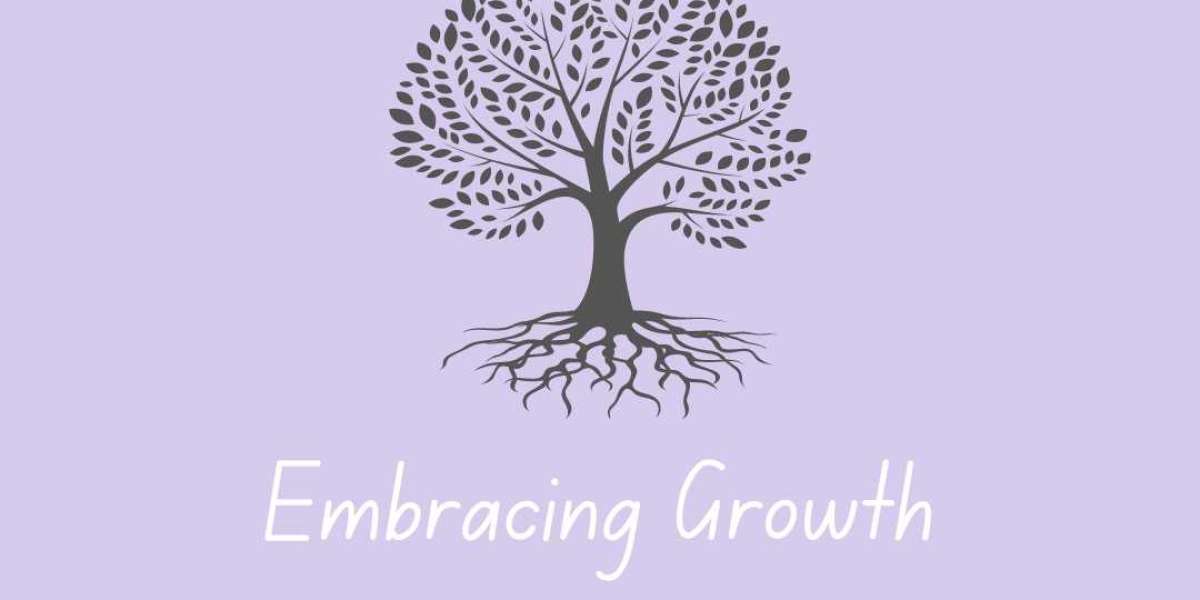Cats or dogs? Summer or winter? Text or call? Waffles or pancakes? Hot or cold?
There are a lot of things we compare or prefer to one another. But when it comes to walking vs. running, is there a clear winner?
Both are great options to get your cardiovascular exercise. Some benefits you can get from both include:
- Decreases resting blood pressure and heart rate.
- Improves cholesterol levels.
- Improves blood sugar regulation.
- Regulates gut microbiota.
- Maintains muscle function and joint range of motion.
- Improves memory and thinking ability.
- Reduces risk of dementia.
- Protects against risk of Alzheimer’s disease.
- Increase life expectancy.
But should we be doing one over the other to stay healthy?
Exercise physiologist and certified personal trainer Karen Feakes, CPT, sets the record straight and shares the advantages of both.
Can walking keep you as fit as running?
Yes, you can reach your fitness goals by walking. But there are some caveats, says Feakes.
“You would need to exercise or walk for a longer duration to equalize what you’d be doing if you were running,” she explains.
When it comes to walking vs. running for weight loss, here are some facts to consider.
The facts on walking and running
There is usually around a 30% differential between how many calories you can burn. But there are some variables that could make the amount of calories end up around the same.
For example, going for a two-mile slow jog or speed walk will probably result in a more similar range of calories burned as compared to running a race at top speed. Your metabolic equivalence (MET) determines the amount of calories your body burns based on the level of intensity that’s exerted. As your intensity increases, your body’s demand for oxygen also increases. The higher the MET level, the greater the yield.
Excess post-oxygen consumption (EPOC), known more simply as “after burn,” is the process of your body expending energy after a workout is completed. Your metabolism can stay at a higher level for several hours post-exercise and greatly influence energy expenditure.
A person’s body weight can also affect their caloric expenditure. Even if the activity intensity is the same for each person, their body mass will influence the total expenditure.
Pros of walking
“Walking is a critical piece of exercise that people need to be doing on a day-to-day basis,” says Feakes. “It’s functional exercise for many of us as we go about our daily schedules.”
So, why might you choose walking over running? Feakes outlines the pros of walking.
It’s easy, convenient and free
You don’t need any equipment. All you need is yourself and a good pair of walking shoes.
Most people can handle short bouts of walking and build duration as fitness improves. It can be a very social activity, too. Walking with a friend or loved one can be beneficial to your mental and emotional health.
And you can walk almost anywhere, whether out in the park, a stroll around the block or inside your house (don’t overlook the convenience of walking in place or going up and down flights of steps).
“Just by moving your body on a day-to-day basis, you’ll start to see a difference and feel better physically,” says Feakes.
It’s a low-impact form of exercise
As a low-impact exercise, walking is easy on your joints.
“I like to refer to walking as sort of a lotion for the joints,” says Feakes. “My motto is that motion is lotion. And it’s something we take for granted. On a day-to-day basis, our joints need to move in the fullest range of motion that we can move them. This helps them stay lubricated and can help us feel less stiff.”
This is particularly important if you have arthritis or other joint pain.
“For individuals with arthritis, continually moving is critical because the joints can get very stiff and can lack range of motion,” she explains. “So, walking is a great way to increase the synovial fluid within the joints and loosen up muscle tissue to decrease tension on tendons.”
You can do it at almost any fitness level
If you haven’t been focused on your fitness, walking can be a great way to start.
While Feakes says a good walking pace is around a 15-minute mile (or 4 miles per hour), you can control or adapt the pace to meet your current fitness level and slowly increase your speed.
“You may find that walking a 15-minute mile quite challenging,” she notes. “But over time, you may be able to pick up the pace and get into a power-walking state, which is more of a 12-minute mile. The goal is to feel slightly breathless.”
And you can increase the difficulty of your walks as you see fit. Feakes says you can look for paths that have hills or inclines to make it more challenging. You can also try rucking (which is wearing a weighted backpack while you walk) or Nordic walking (which uses walking poles).
Pros of running
Running is a great option if you’re limited on time — and may be best if you’re training for a certain sport or competition. Feakes shares the pros of running.
You can burn more calories
You can burn more calories running than walking per minute, which can add up to a significant difference over time.
For example, if you go on a 30-minute run, you’ll burn more total calories than if you went for a 30-minute walk. Some estimates say that you burn twice as many calories running vs. walking.
“There may be greater changes in your cardiovascular function and your respiratory response,” says Feakes. “Oxygen uptake has many benefits such as increased metabolic response, increased lung capacity and greater circulation of oxygenated blood. All are critical for health.”
You can improve your VO2 max
What is VO2 max? It’s the maximum rate of oxygen consumption attainable during physical exertion (V is for volume, O2 is for oxygen and max is for maximum.)
“I think the biggest benefit to running over walking is that you can see greater gains in your VO2 max,” says Feakes. “Studies show that having the highest VO2 max greatly influences your quality of life as you age.”
It can strengthen your bones and muscle tissue
Walking and running can both improve your bone density, but research shows that those who run tend to have increased bone density.
“When it comes to bone health, you need to make sure that you have an adequate stimulus for the bone to retain density and prevent osteopenia and osteoporosis as you age,” says Feakes.
Potential cons to walking and running
A potential downside to running? Running is considered a high-impact form of exercise. And that can lead to an increase in injuries such as runners’ knee, stress fractures and Achilles tendonitis.
But you can also sustain injuries from walking, says Feakes.
“With walking, it’s easy to walk too long, beyond your capability,” she continues. “You can end up with shin splints and plantar fasciitis.”
Feakes adds that it’s important for either exercise (or any exercise, really!) that you warm up and cool down. Try integrating flexibility and mobility exercises to support the activity of choice. Doing so can help prevent injuries and improve muscular function.
The finish line?
Whether you walk or run, it’s recommended that adults get 150 minutes of moderate-intensity exercise like walking or 75 minutes of vigorous-intensity exercise like running.
But the best form of exercise? The one you’ll actually do.
“Whether it’s walking or running, I suggest you start with 10 to 15 minutes. And then, on a weekly basis, you add five minutes,” suggests Feakes. “You also want several bouts of that activity per week. So, spread it out over the course of the week and that way your body has an opportunity to adapt.”








